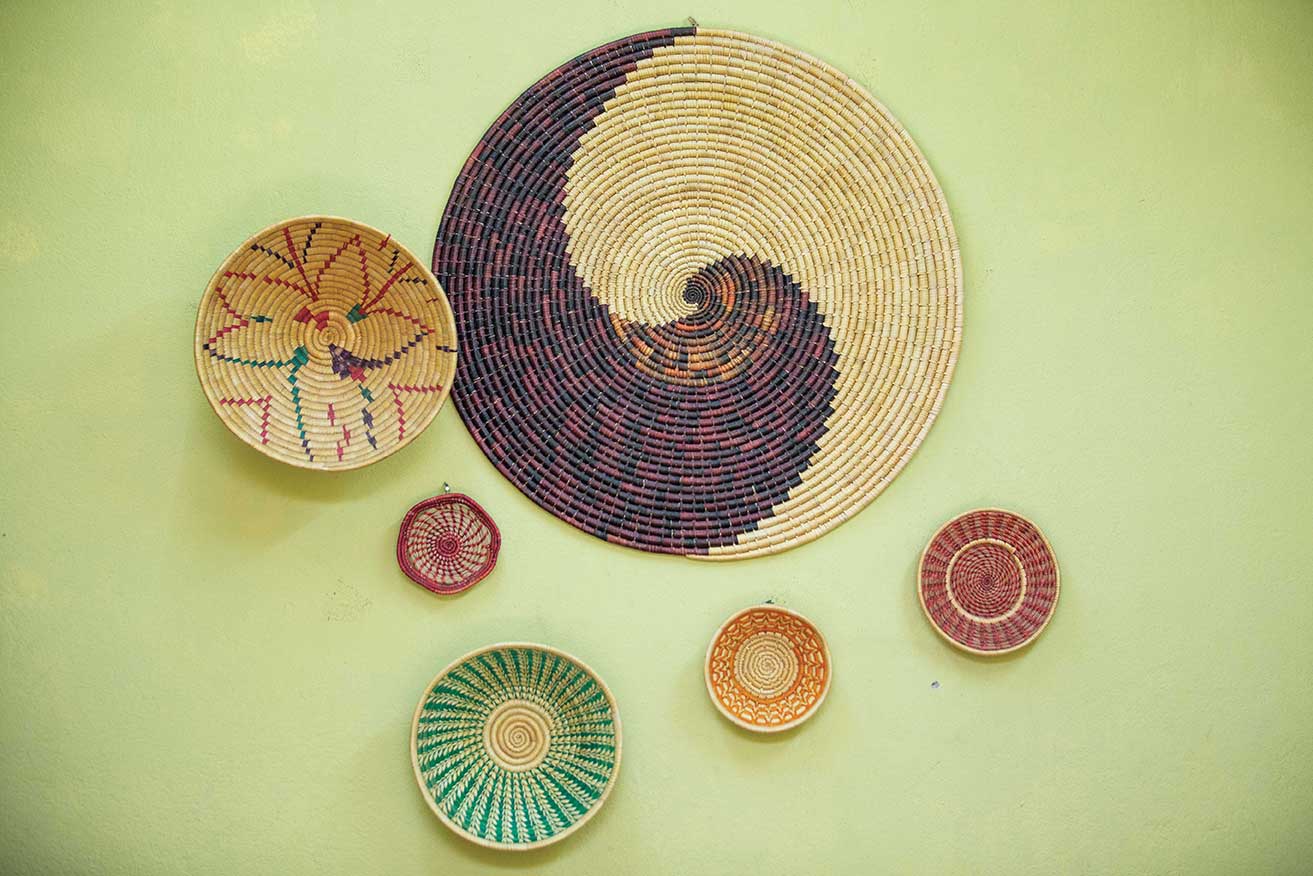Stepping into Kutumba’s practice room, located in the heart of Patan, feels like entering an eclectic and slightly cluttered music museum. In between the numerous framed awards and recognitions are stacked well-worn drums and other folk instruments. In one corner hangs weathered string instruments, including the famous South Asian carved wooden sarangi. There is a Nepali flag; a collection of cream-colored prayer shawls; and a large, multi-colored painting of Buddha’s serene, meditative face. A visitor could spend hours marveling at the collection of instruments and collectibles.
 Kutumba is one of the most well-known and highly regarded bands in Nepal. They consider themselves a folk ensemble and their claim to fame is their unique musical spin on folk tunes, which often lend a contemporary vibe to time-honored Nepali music.
Kutumba is one of the most well-known and highly regarded bands in Nepal. They consider themselves a folk ensemble and their claim to fame is their unique musical spin on folk tunes, which often lend a contemporary vibe to time-honored Nepali music.
The ensemble, which is made up of six talented artists, each with a different musical skill, has been playing together for six years and recently released their fifth album. In the past, Kutumba has experimented with merging traditional music with blues, rock and hip-hop, but they call their latest album ‘contemporary folk’.
“We’ve been experimenting with folk sound and trying to get in touch with a different genre of music,” said sarangi player Kiran Nepali at a recent practice.
The band boasts an inventive and original sound that can, perhaps, be partially attributed to their unique philosophy on musical instruments that merges old Nepal with modern sounds. As reflected by their motley collection in their practice room, the group is always on the lookout for new (or old) instruments that they have never played or seen before, many of which come from rural areas of Nepal. Members of Kutumba say that they are currently in possession of over 60 instruments, most of which are ancient and traditional, like the sarangi, chyabrung, bhusya, arbajo, dhol, ek tare, damaru, murchunga, khin, kanh, khainjadi, damphu and tungna.
Kutumba buys instruments from different parts of Nepal, many that are rarely used nowadays, and brings them to Kathmandu. Part of their musical philosophy is that they want to promote instruments that are slowly vanishing from the modern musical landscape.
“There are some instruments in Nepal that are going extinct,” said Kiran. “We try to use that instrument and keep its sound alive.”
Kutumba’s fifth album titled ‘Utsarga’, which was in the making for three years, was released in October after much anticipation from local and international fans. Kutumba is active in Kathmandu’s music scene, as they often perform around the city and regularly put on benefit concerts for philanthropic causes.
Despite the band’s huge success, the members are refreshingly humble and enthusiastic about keeping some of Nepal’s traditional sounds alive. During a recent rehearsal, Kutumba gathered in their practice room to iron out the kinks in a new instrumental piece. A mesmerizing, almost euphoric sound emerged as their fingers beat drums, lightly jumped around a flute, picked at a guitar and drew a bow across sarangi strings. Sitting in the small ‘music museum’ and listening to the captivating sounds of Kutumba, it’s easy to see why the group has become such a smashing success.











